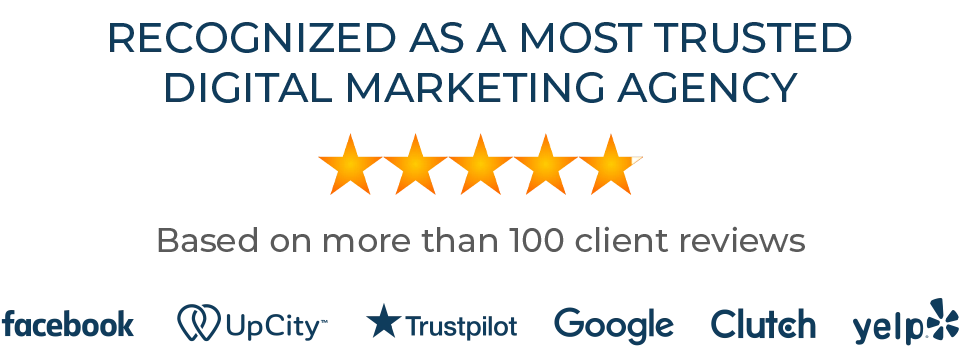Some studies say you’ve only got 15 seconds to grab an audience’s attention, while others say it’s closer to a minute.
Either way, the clock is ticking. As soon as you step in front of a group of people to start a presentation, you have a very small window of time to persuade them that what you have to say is worth listening to.

Asking for an audience response
“How many of you have ever wondered where your next lead or sale is coming from?” And then wait for the hands to go up, or not.
It’s a great way to wake up their senses, get them engaged, and get you more connected with them. Your audience will HAVE to engage with your presentation if you open with a question that they can relate to. Ask the audience a question that’s relevant to what is to come in your speech or presentation. For example, if you’re speaking on social media marketing, ask the audience, ‘how many of you have ever tried to find ways to reach more people with your marketing?’.
For extra impact, ask your audience to raise their hands for a ‘yes’. This way, you’re instantly involving your audience in the message and making it much more compelling for them. Plus, the feelings of power and control over the audience that you will gain will help boost your confidence (and your ego) even more!
Numbers Don’t Lie
Most people are fascinated by little known statistics that show insight into their industry. So, brush up on your research and find some shocking pieces of statistical data for your audience.
I met with a group of attorneys recently who were interested in law firm marketing for their firms. I began the presentation with this shocking statistic:
“More than 35% of legal consumers begin their search for representation online. But an estimated 14% of law practices fail to have a website. Of the firms that do have an active website, 30% do NOT have a phone number listed on the sites homepage.”
Shocking right?
The statistic, bold claim, or headline needs to be directly related to the main purpose of your presentation. Its impact ideally persuades the audience to listen and respond positively to your recommendation and to buy-in to your suggested next steps.
A “What-If” Scenario
Taking your audience on an imaginary journey is a great way to grab their attention, and get them to personally relate to your topics. For example, asking “If you locked your keys in your car, and used your mobile device to find assistance, what would you think of a website that wasn’t responsive?” at the start of a presentation regarding responsive website design might grab your listeners’ attention as it asks them to look forward to a potential future situation that so many people face every day. It can intensify their desire for your product or service. Using a “what if” scenario as an opening statement is easily adaptable to almost any presentation.
The key is to make sure that the hook is brief, well-rehearsed and pertinent to your topic, so whatever you choose to go with, make sure to maximize your 15 seconds.
Some studies say you’ve only got 15 seconds to grab an audience’s attention, while others say it’s closer to a minute.
Either way, the clock is ticking. As soon as you step in front of a group of people to start a presentation, you have a very small window of time to persuade them that what you have to say is worth listening to.

Asking for an audience response
“How many of you have ever wondered where your next lead or sale is coming from?” And then wait for the hands to go up, or not.
It’s a great way to wake up their senses, get them engaged, and get you more connected with them. Your audience will HAVE to engage with your presentation if you open with a question that they can relate to. Ask the audience a question that’s relevant to what is to come in your speech or presentation. For example, if you’re speaking on social media marketing, ask the audience, ‘how many of you have ever tried to find ways to reach more people with your marketing?’.
For extra impact, ask your audience to raise their hands for a ‘yes’. This way, you’re instantly involving your audience in the message and making it much more compelling for them. Plus, the feelings of power and control over the audience that you will gain will help boost your confidence (and your ego) even more!
Numbers Don’t Lie
Most people are fascinated by little known statistics that show insight into their industry. So, brush up on your research and find some shocking pieces of statistical data for your audience.
I met with a group of attorneys recently who were interested in law firm marketing for their firms. I began the presentation with this shocking statistic:
“More than 35% of legal consumers begin their search for representation online. But an estimated 14% of law practices fail to have a website. Of the firms that do have an active website, 30% do NOT have a phone number listed on the sites homepage.”
Shocking right?
The statistic, bold claim, or headline needs to be directly related to the main purpose of your presentation. Its impact ideally persuades the audience to listen and respond positively to your recommendation and to buy-in to your suggested next steps.
A “What-If” Scenario
Taking your audience on an imaginary journey is a great way to grab their attention, and get them to personally relate to your topics. For example, asking “If you locked your keys in your car, and used your mobile device to find assistance, what would you think of a website that wasn’t responsive?” at the start of a presentation regarding responsive website design might grab your listeners’ attention as it asks them to look forward to a potential future situation that so many people face every day. It can intensify their desire for your product or service. Using a “what if” scenario as an opening statement is easily adaptable to almost any presentation.
The key is to make sure that the hook is brief, well-rehearsed and pertinent to your topic, so whatever you choose to go with, make sure to maximize your 15 seconds.
Published on April 23, 2015

